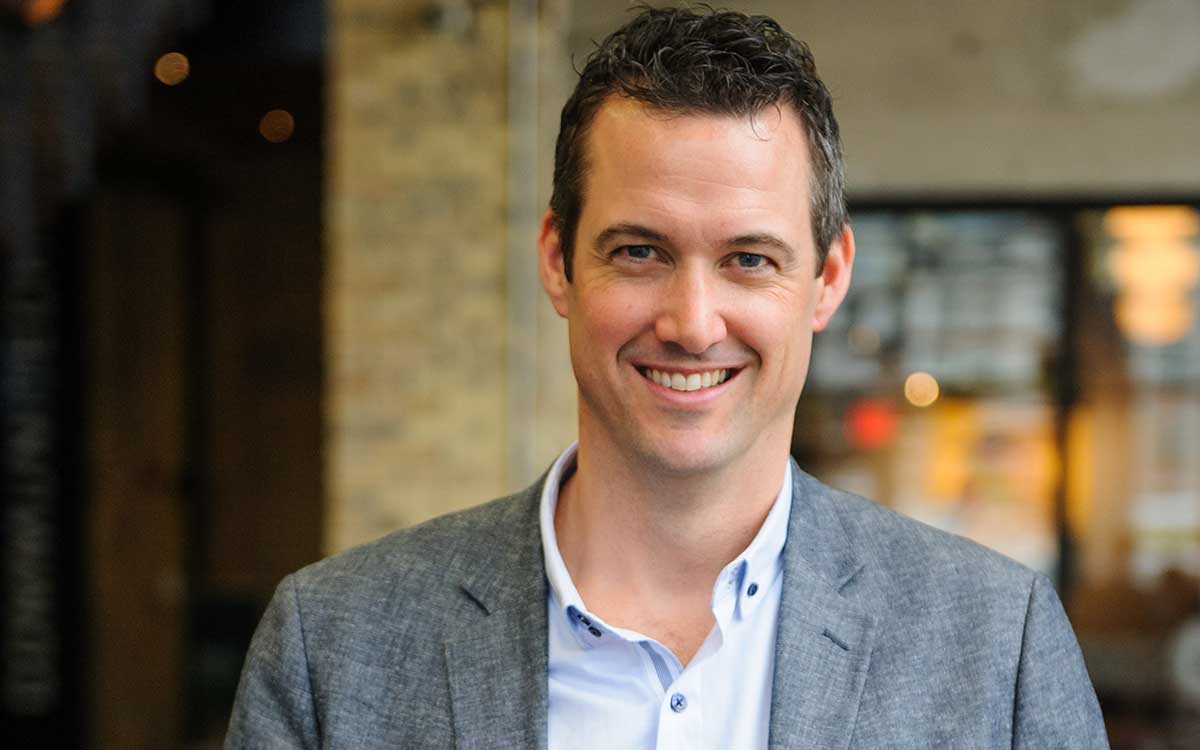
Blackberry is just one example of how all that time and money invested in shoring up old, yet profitable, business models can starve the rest of an organization of the resources needed to move forward and innovate.
Considering the snow that most of Ontario got over the weekend, this week’s article had to be renamed. The content is the same, but now you get a snow-related title. You’re welcome.
Diane Vaughan is a professor of Sociology at Columbia University. She is most famous for her work on explaining how the ‘normalization of deviance’ created the situation where standards were reduced over time because of the absence of a negative event. This means that inspectors, engineers, scientists, etc saw the absence of a negative event as confirmation that their expansion of parameters were within the limits of acceptable risk…until it wasn’t. That’s the problem with catastrophic instances…they happen with no warning, yet the organization has been pushing the limits of acceptable risks, until it’s too late.
This concept piggyback’s my last article about analyzing and doing a post-mortem on all projects, especially the successful ones, to find out if the project’s success had more to do with luck than system thinking. I’d like to keep this one short as it is an extension, or a deeper dive, into the same concept as last week, but let’s pull a few important lessons out of the ‘normalization of deviance’ concept.
There’s a great line from Ernest Hemingway “How do you go bankrupt? Two ways…suddenly, then gradually.” So often as an organization’s business fundamentals are put under extreme pressure, the company’s leadership, the press, and business analysts double down on the positive aspects, invest heavily in the most profitable (often with the worst long term projections) to shore up confidence. This slows the process…gradually. The numbers are good, profit is up, and you hear on quarterly conference calls that all the negative aspects are overblown and everything is fine. Look at our numbers.
“Then suddenly…” because everyone knew that the business fundamentals were flawed, the rope breaks and the company suddenly goes bankrupt. If they were honest with themselves, they knew this was a significant possibility for the past few years, but it was gradual. As soon as the rope breaks, there’s no coming back. All that time and money invested in shoring up old, yet profitable, business models starved the rest of the organization of the resources it needed to move forward and innovate. Think Blackberry. Think Microsoft (under Ballmer). Think Sun Microsystems. Think Nokia. Anyone else you can think of that currently looks good but deep down the fundamentals are broken?
Don’t lie to yourself. Ensure you are investing in the current business model, but also in the future ones. Be ambidextrous. Execute today, and explore what tomorrow looks like. And don’t let your guard down when it comes to taking acceptable risks. Just because your numbers are good this quarter, don’t risk the future to prop up today’s business. You need to invest in today and tomorrow.
And if you continue to mortgage your future to look good today, eventually that slab of snow that you’re skiing on in the back country will let go, and you’ll be caught in your avalanche. Don’t lose focus. Stay disciplined.

Craig Haney holds a Masters degree from University of Waterloo in Entrepreneurship and has been leading the charge for corporate innovation in Canada for almost 10 years. His work with Canadian Tire Innovations helped launch the corporate innovation program at Communitech. Currently Craig is the Vice President of Europro, a large real estate developer in Ontario.




















